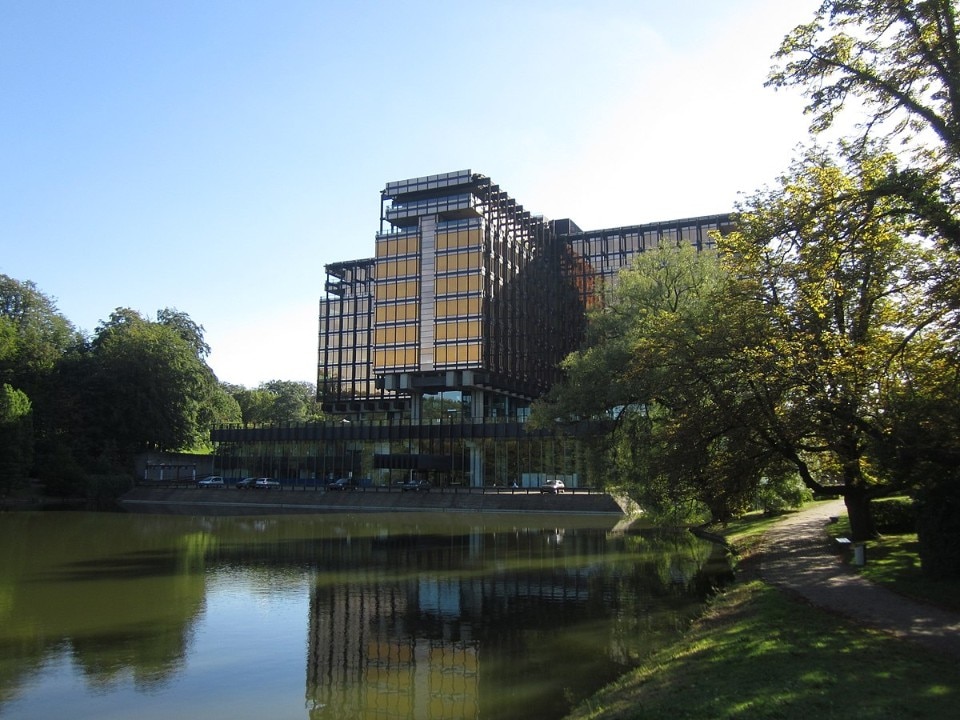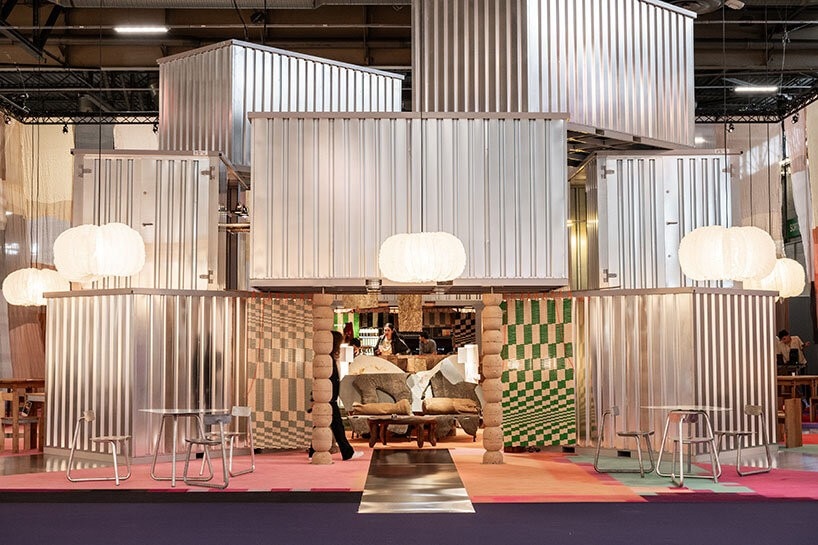“My vision is simple: when I design a hotel, I aim to work within a 50-kilometer radius, sourcing both reusable scraps − like industrial waste or leftover materials from ateliers − and collaborating with local artists. The premise is to reduce transportation costs and create a hotel with more soul, meaning, and originality, breaking away from the standardized designs found in catalogs.”
Belgian and self-taught, Lionel Jadot’s journey began in his family’s atelier in Brussels’ Saint-Gilles district, where his family has crafted chairs for five generations. Today, Jadot still exudes the spirit of an outsider, despite having drawn significant attention not only to himself but also to the Belgian design scene, which gained international recognition through projects like Zaventem Ateliers − recently showcased at Milan Design Week in its traveling edition named Baranzate Ateliers.

In a sort of natural continuity between the author and his work, this outsider ethos is reflected in his installation Anthropocene Adhocism, unveiled at the last Maison&Objet in Paris, where Jadot was named Designer of the Year. Among the fair’s pavilions, his overlay of containers of unexpected and diverse material stimuli stood out, creating a whirlwind between the past, represented by conventional stands, and a bold vision of the future − the future of hotels.
The premise is to reduce transportation costs and create a hotel with more soul, meaning, and originality, breaking away from the standardized designs found in catalogs.
Lionel Jadot
Jadot fundamentally rejects the traditional supply chain model of hospitality as we know it. Instead of relying on materials and supplies shipped from across the globe, he prefers locally sourced materials and furniture. Rather than commissioning designs from currently popular professionals, he collaborates with a network of creative individuals working in harmony. And in place of polluting materials, he favors scraps or bioconstructed alternatives which is what makes his approach particularly striking and thought-provoking. In Anthropocene Adhocism, a metaphor for a desert island where housing solutions naturally arise from waste and debris, the furniture includes pieces made from organic and biological materials, such as mycelium coffee tables, grass and papier-mâché headboards, and even eggplant leather canvases. All of these materials, Jadot assures, meet industry standards, including fire safety certifications, proving that they can be scaled for wider use.

Commenting on the eclectic blend of solutions in Anthropocene Adhocism, Jadot explains: “Rather than ordering pieces from the other side of the world that are shipped in containers, only to break down after two years and contribute to local waste that needs to be disposed of, we create value by showing clients that they can invest differently from disposable solutions, by, for instance, choosing designer works that, over time, can prove to be a great investment because they can grow in value.”
This approach is far from theoretical. In Brussels, Jadot recently completed Mix Hôtel, transforming the 25,000-square-meter Royale Belge − an iconic 1970s office building designed by Pierre Dufau and René Stapels − where he also curated a new collectible exhibition, Curated. Following the same philosophy, in 2022, he completed the Jam Hotel in Lisbon, in which the bathroom countertops were made from marble scraps sourced from local quarries, sandpaper recovered from carpentry shops was used to veneer doors, and cork was employed for the floors. Alongside waste regeneration, both hotels feature work and furniture from local designers, proving the success of his tried-and-tested business model.

“I developed a system I call the ‘Realistic Circle.’ The client pays my studio to create and oversee the concept, but all the collaborators we bring into the project bill the client directly, without commission, and at the lowest price possible. This makes it possible to achieve a virtuous, simple, and honest result,” Jadot explains. “I’m fascinated by this kind of heterogeneity. I don’t have a preferred material or a signature style. I’m self-taught, chaotic, and my process is that there is no process – I’m very instinctive. When I arrive at a site, I don’t have preconceived plans; instead, I want to experience the place and then craft a story. My goal is always to tell a unique story for each project.”








